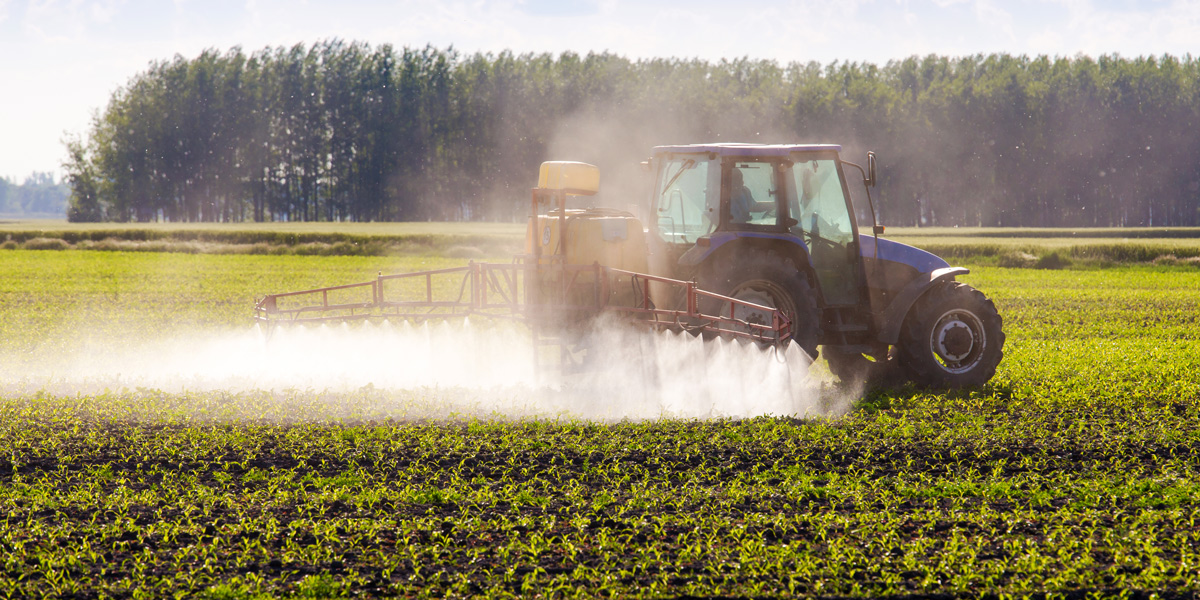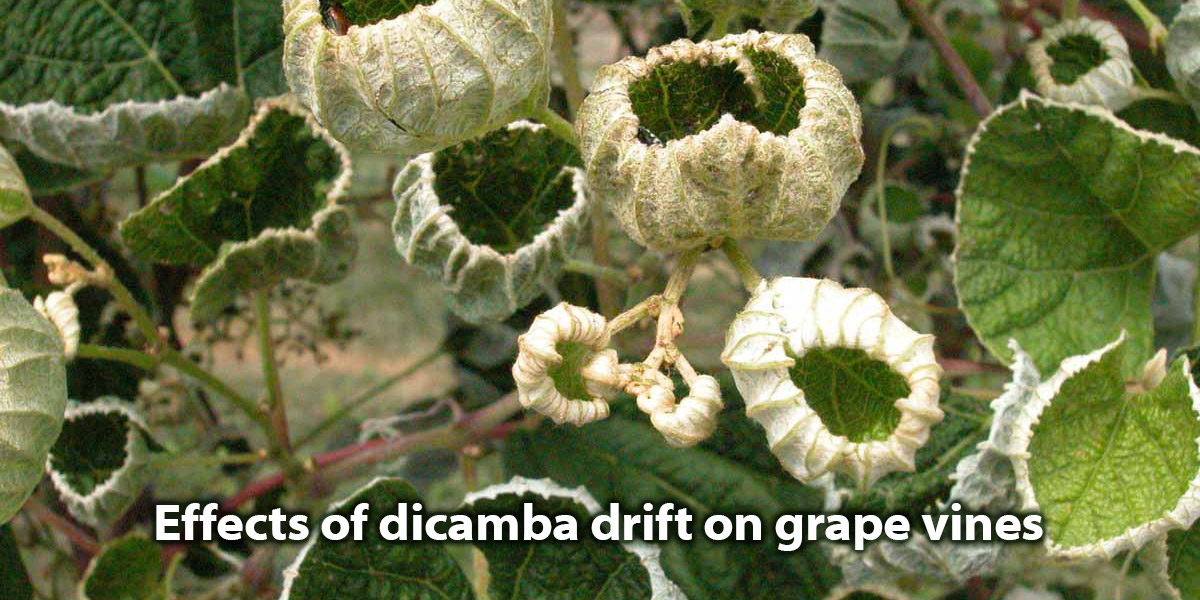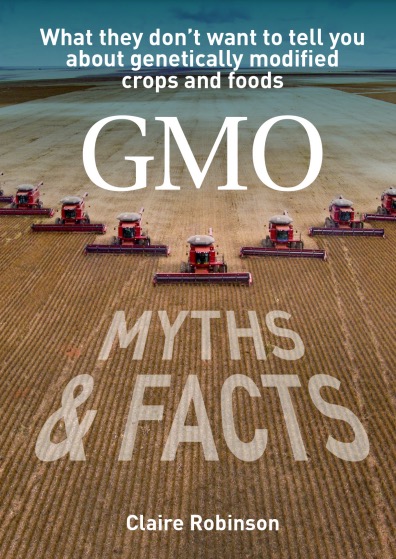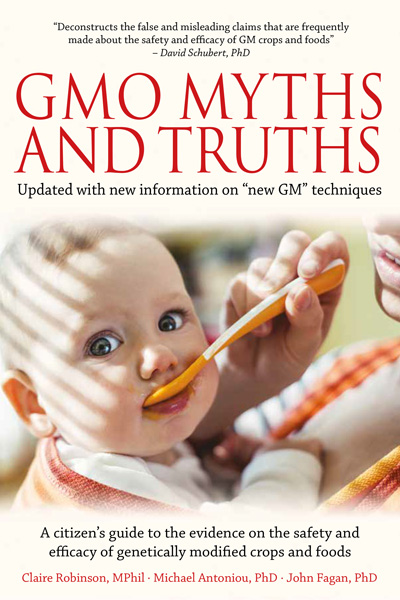
Glyphosate is often tank-mixed with dicamba
New research suggests spraying dicamba in warm temperatures and adding glyphosate to a dicamba spray mixture could increase dicamba volatility, potentially leading to increased off-target movement and damage to non-dicamba-tolerant plants.
Glyphosate is commonly tank-mixed with dicamba and some GM crops are engineered to tolerate both herbicides.
Tom Mueller and Larry Steckel, both professors in the University of Tennessee Department of Plant Sciences, examined dicamba measurements following an application to soil inside a humidome. The dicamba formulations examined were diglycolamine (Clarity) and diglycolamine + VaporGrip (XtendiMax). Both formulations were applied as a mixture with glyphosate (Roundup PowerMax), and XtendiMax was also applied alone. Applications were made across a range of temperatures and monitored for 60 hours. Researchers then used air samplers to collect dicamba from the atmosphere within the humidome.
According to study results, as expected, more dicamba was detected in the humidome as the temperature increased, with the largest gains coming when temperatures exceeded 85 degrees. Results also showed that across temperature ranges, the addition of glyphosate to dicamba formulations increased detectable dicamba air concentrations by 3 to 9 times compared to dicamba alone.
"Greater dicamba detections at higher temperatures are consistent with previous findings, and also correlate with increased complaints of off-target dicamba injury during late June and July," says Mueller.

"That glyphosate is a contributor to dicamba volatility is not as widely accepted, but our data shows the addition of glyphosate to a dicamba spray solution increased dicamba detection in the atmosphere which would point to increased volatilization."
According to Mueller, the most plausible explanation for the increased detection of dicamba was that glyphosate lowered the solution pH, thereby resulting in more dicamba being in acid form, which is known to increase dicamba volatility. With increased volatility comes increased potential for off-target movement of the herbicide and injury to non-dicamba-tolerant plants.
Many products containing glyphosate are presently approved to be mixed with dicamba before spray applications. Combining herbicides with different modes of action is a common practice among crop producers to control a wider range of weed species. However, based on Mueller and Steckel's research, UT weed experts are discouraging the addition of glyphosate to XtendiMax, as well as other low-volatile dicamba formulations, Engenia, FeXapan and Tavium.
"Based on this research, we believe glyphosate in the tank mix could be a culprit in why we're seeing some of the drift in fields these past three years," says Steckel.
Dicamba drift has been a hot-button issue in the agricultural community since new and expanded uses for this herbicide were approved in 2017. Off-target dicamba movement, occurring either through physical drift or volatility, has been blamed for the damage of millions of acres of crops, trees and ornamental plants.
In an effort to decrease the potential for dicamba drift through volatilization, several states have implemented dicamba spray cut off dates to correspond with the times of year when temperatures consistently rise above 85 degrees. There is currently no spray cut off date in Tennessee, although UT weed scientists recommend not spraying dicamba -- even low-volatile formulations of dicamba -- when temperatures exceed 85 degrees.
Those same scientists are also recommending leaving glyphosate out of the dicamba spray mixture.
"Glyphosate is an important herbicide with many uses. Despite the continued evolution of glyphosate-resistant weeds, farmers would be lost without glyphosate, as it still provides excellent and economical control of many troublesome weed species," says Steckel. "These data would suggest it just doesn't belong in a tank mix with dicamba."
Source: University of Tennessee Institute of Agriculture via ScienceDaily
https://www.sciencedaily.com/releases/2019/06/190613121029.htm
The new study:
Thomas C. Mueller, Lawrence E. Steckel. Dicamba volatility in humidomes as affected by temperature and herbicide treatment. Weed Technology, 2019; 1 DOI: 10.1017/wet.2019.36
https://www.cambridge.org/core/journals/weed-technology/article/dicamba-volatility-in-humidomes-as-affected-by-temperature-and-herbicide-treatment/3D51AB38D1E1B75C9D7027A8C29CD6D7










